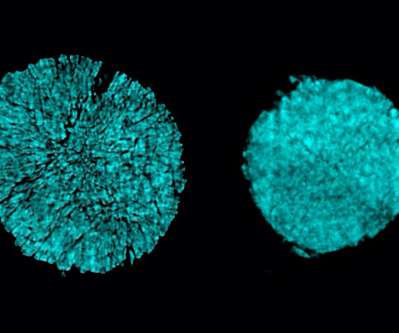Argonne National Labs Ramping Up Lithium-Air Research and Development; Li-ion as EV Bridge Technology
Green Car Congress
DECEMBER 21, 2009
Argonne National Laboratory, which has contributed heavily to the research and development of Li-ion battery technology, is now pursuing research into Lithium-air batteries. Li-air batteries use a catalytic air cathode that converts oxygen to lithium peroxide; an electrolyte; and a lithium anode.























Let's personalize your content